Explore the Evolution of Gaming Graphics



TechRadar has run an article on the evolution of video game graphics. They cover a lot of history and go into some of the tricks and trends used at different points in time. Various screenshots show how certain games have and have not aged well over the years. There is also some good conversation on the usage of three dimensions (in both 2D and 3D-accelerated environments). Wing Commander's role gets an honorable mention. Check out the whole article here.
The main reason for this was that sprites offered more detail than the polygons of the time could handle. Much like the early days, it was fine to have simple iconic shapes for spaceships and the like, which is why X-Wing's instantly recognisable ship silhouettes worked so well. However, early games didn't even have texture mapping (instead relying on simple colours and shading based on the position of the area's light source) and 3D characters were awkward-looking, low-polygon affairs.With sprites, if you could draw it, the computer could handle it. When making Doom, id actually modelled several of its more complicated characters in clay then photographed them from multiple angles to maintain consistency.
The first Wing Commander games used a clever trick to fake space, simply moving and scaling sprites in front of the camera to add depth. It fell down when approaching capital vessels, but made for instantly recognisable ships and graphical assets that sat comfortably alongside the character portraits used in menus and cut-scenes.


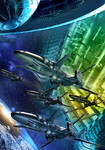
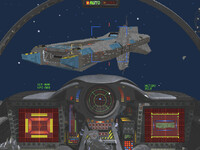


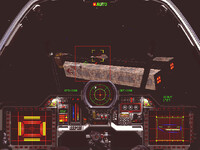


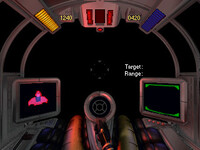

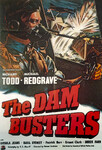
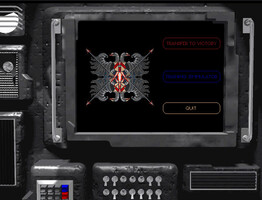


Follow or Contact Us